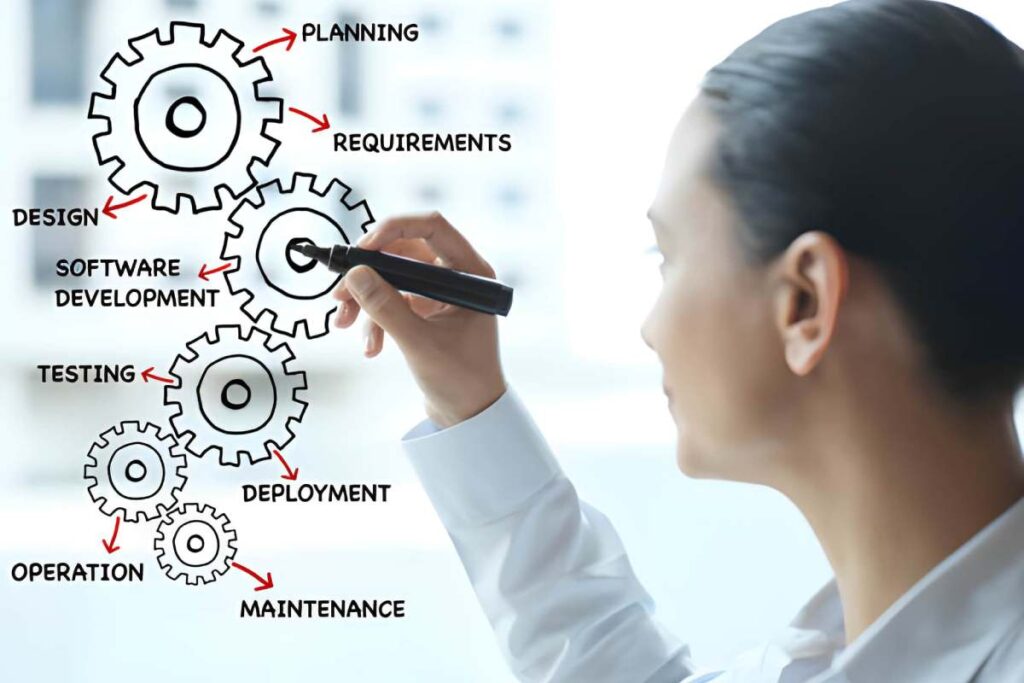In today’s fast-paced world of software development, selecting the best software testing service is more than just a checkbox on a project plan. It’s a strategic decision that directly impacts delivery speed, product quality, and customer trust. The right testing partner can help you identify defects early, improve release stability, and provide stakeholders with measurable feedback. However, selecting the wrong vendor can lead to unstable test suites, repeated build failures, and lengthy troubleshooting.
This guide offers a practical framework to help organisations evaluate testing services and make an informed choice.
Define outcomes before engaging with suppliers.
Before engaging with suppliers, be clear about what success looks like for your project. What are your goals:
- Fewer production defects
- Faster PR review
- Stable release candidates
- Proof of security and availability that are compliance-ready?
Translate these goals into measurable key performance indicators (KPIs), such as:
- Defect leakage
- Defect resolution efficiency (DRE)
- Failure rate
- Mean time to repair (MTTR)
- Cycle time per PR
Include these KPIs in your requests for proposals (RFP). This ensures that suppliers propose outcome-oriented strategies rather than headcount-based solutions.
Assess Scope and Risk
Identify critical user interactions, such as registration, payment, search, and reporting. Don’t forget about non-essential functionality, such as performance, security, and WCAG AA accessibility.
Ask vendors to demonstrate how they balance test scope with risks, including
- Multi-layer testing (unit, API, component, end-to-end)
- Integrating performance, availability, and security checks into CI/CD pipelines
Prioritise API-first automation with minimal UI coverage
Highly effective automation should be focused on the service layer. The best software testing providers offer:
- Comprehensive contract testing
- Negative path validation and validation flow
- Data-driven assertions
UI automation should be simple, limited to business-critical workflows, and implemented using fail-safe selectors and explicit waits.
When choosing a software testing partner, it is crucial to reflect their ability to provide comprehensive IT support services. A partner that offers robust IT support can ensure the seamless integration and maintenance of your software answers, contributing to the overall success of the project.
If you are interested in these services, you can review the complete details to understand how they can help with your software testing needs. This comprehensive approach not only meets current testing requirements but also promotes long-term operational efficiency, making it a strategic choice for companies looking for to optimise their technology investments.
Ensuring Data and Environment Integrity
Reliable testing relies on deterministic setups. Look for providers that:
- Use data factories, collectors, and “golden” snapshots
- Provide short-term environments that mirror the production environment
- Implement sanity checks and initial validation
This ensures that failures can be traced back to the code, not to unreliable test data.
CI/CD Integration and Reporting
Testing should be well integrated into your delivery pipeline:
- PR phase: rapid linting, unit and contract testing
- Integration phase: API and component tests
- Release phase: lightweight end-to-end testing with performance, security, and availability checks
Requires transparent reporting, including logs, videos, traces, and dashboards that track completion rates, execution times, flake leaders, DRE, and defect leakage.
Availability, performance, and security are inseparable.
The best software testing services go beyond functionality:
- Availability testing with scanners and manual review using assistive technologies
- Performance monitoring on high-load endpoints
- Integrating security through SAST/SCA into release requests and DAST before release
These should be core deliverables, not optional.
Request a 30-day pilot plan.
1 Week: Establish baseline KPIs, select two critical workflows, and set up API smoke tests using deterministic data
2 Week: Add subtle UI smoke tests; Include performance, availability, and security checks
3 Week: Launch dashboards, isolate unstable tests with service level agreements (SLAs), and refine exit criteria
4 Week: Scale the project based on risk prioritisation and demonstrate ROI improvements (reduced implementation time, reduced defect leakage, faster bug ticket review)
Warning Signs to Watch Out For
Be wary if a vendor offers:
- “100% UI automation”
- Vague reporting without measurable metrics
- Lack of a clear test data/environment management plan
- High tolerance for unstable tests
A reputable software testing provider delivers fast, robust signals and demonstrates measurable improvements in your software quality metrics.
Choosing the best software testing service is a critical investment. Following this process will help you reduce risks, improve release stability, and build long-term customer trust.

